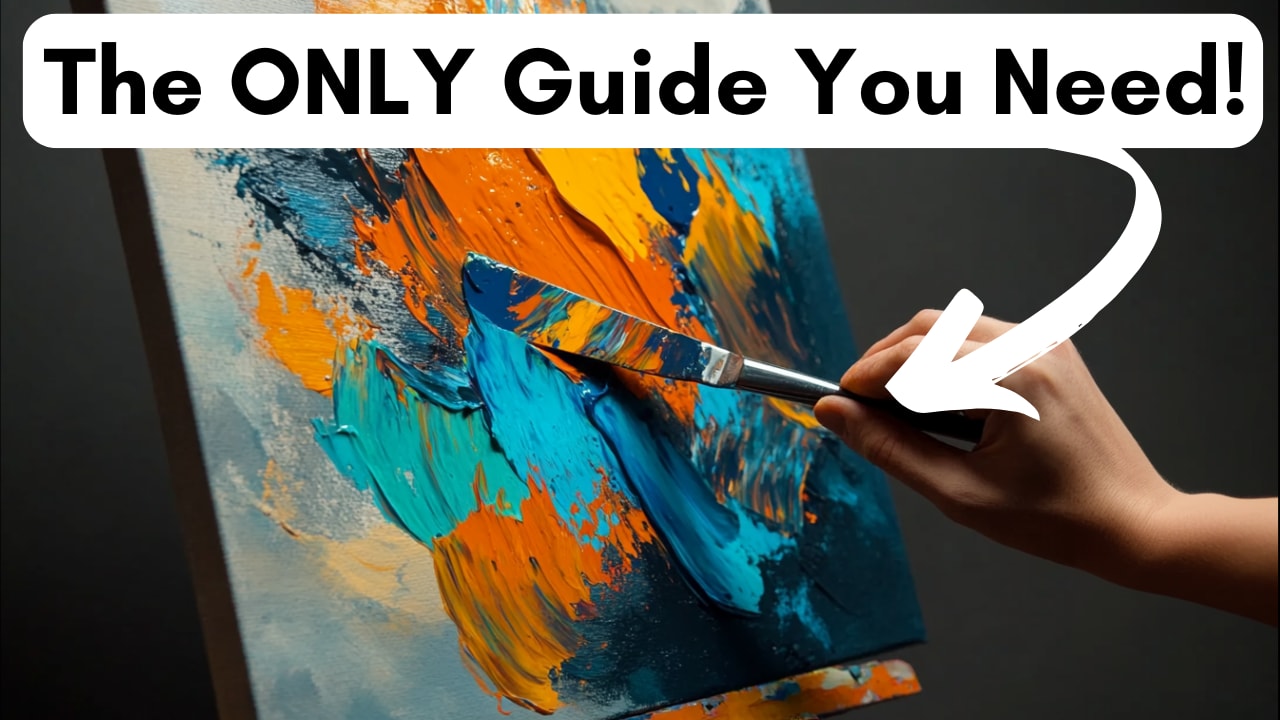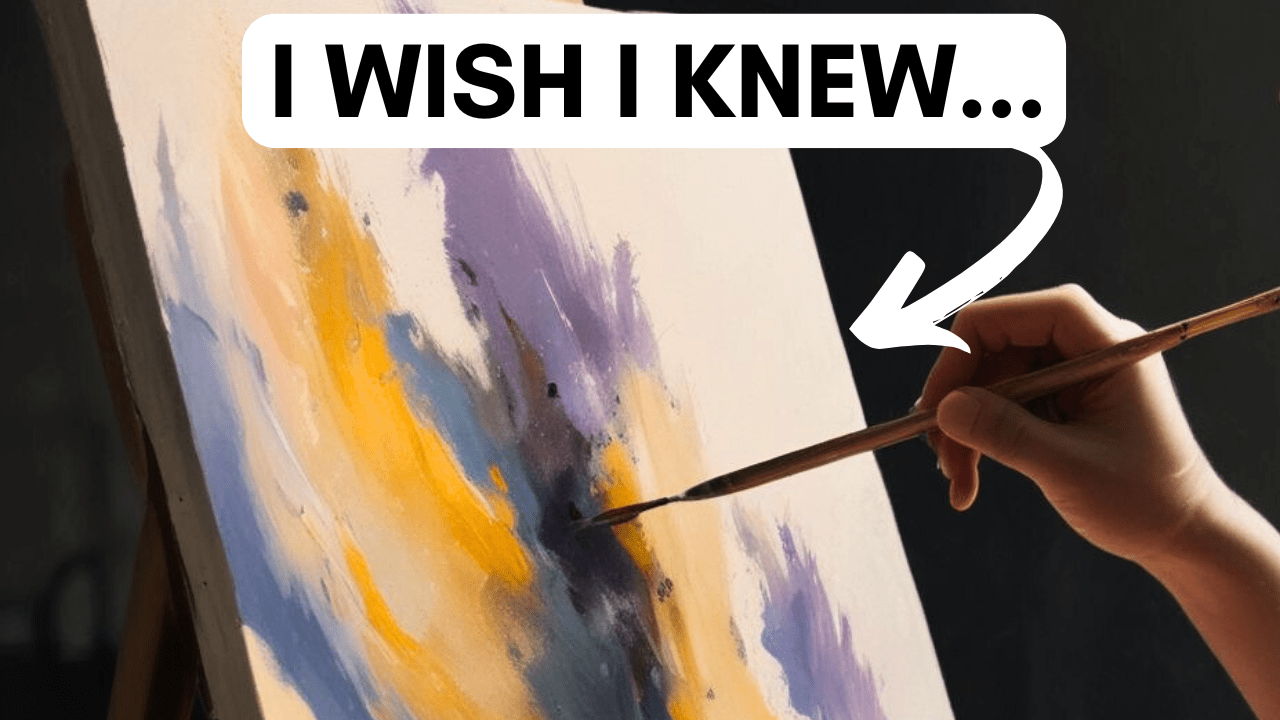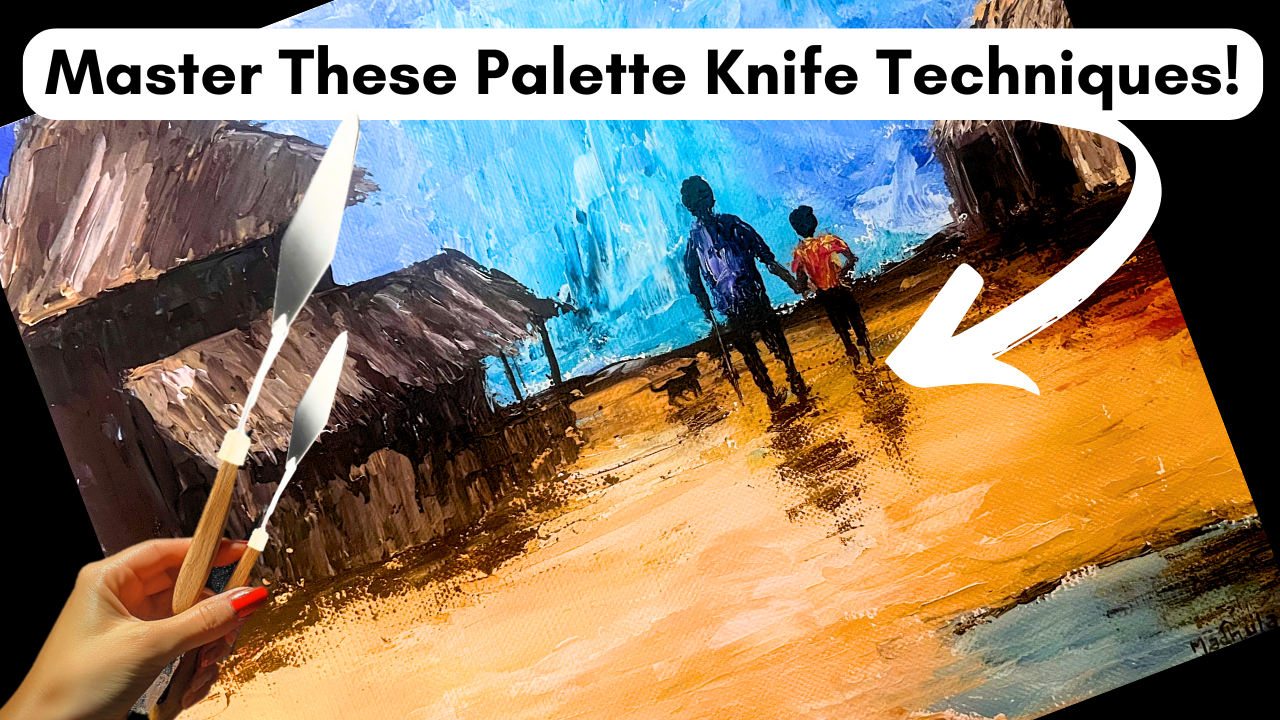Discover the art of palette knife painting with our comprehensive guide for beginners. Learn essential techniques and create stunning textured artwork!
Art Vs Craft – Part 1 (A time travel into history….)
Year: Today, This Year
According to the dictionary,
“Art is the expression or application of human creative skill and imagination, typically in a visual form such as painting or sculpture, producing works to be appreciated primarily for their beauty or emotional power.”
“Craft is an activity involving skill in making things by hand.”
As we try to understand the difference, we will go back in history to find the origin and evolution of art and craft.
TIME TRAVEL
TIME TRAVEL
Year: 290,000-700,000 BC
The first know art form is called Cupules (round hemispherical cavities). The first ones are petroglyphs” (“petra” – stone, “glyphein” – to carve) cupules. They are basically rock carvings. The oldest one is the “Bhimbetka petroglyph” which dates back to 290,000-700,000 BCE and is found at the Auditorium Cave, Bhimbetka, Madhya Pradesh, India.
Cupules at Bhimbetka, Madhya Pradesh, India
Venus of Hohle Fels
The world’s oldest figurative sculpture is the “Venus of Hohle Fels” which represents a female figure. This was unearthed during excavations in 2008 at Hohle Fels Cave in the Swabian Jura of southwestern Germany. It's just 2.4 inches in height and carved using only primitive tools. This is an important milestone in human development, as it shows the creativity that began more than 35,000 years ago. This is currently at Urgeschichtliches Museum Blaubeuren, Germany.
One of the oldest known animal-shaped (zoomorphic) sculpture is the lion-headed figurine known as the “Lion-man of the Hohlenstein-Stadel”. Pieces of the sculpture were found in 1939 by archaeologist Robert Wetzel, in a cave called Stadel-Hohle, in the Lone Valley of the Swabian Alps. It has a head of a cave lion and partly human body. Its carved in woolly mammoth (a species of mammoth animal) ivory around 40,000 – 35,000 BC. Its currently in the Ulm museum, German.
Lion-man of Hohlenstein-Stadel
The first colour found to be used in prehistoric cave paintings is red ochre. Found in iron-rich soil, this is the first employed artistic material. Around this period of 40,000 BC, the first colour pigments were invented which included soil, animal fat, charcoal and chalk. Thus the first primitive colour palette contained – black, white, yellow, red, and brown. Earlier colours were extracted from soil, plants and animals. Synthetic colours were introduced later after the discovery of minerals.
Archaeologists have conducted so many excavations and have found a lot of rock engravings, pictographs (rock and cave paintings), petroforms (art by aligning or piling natural stones), sculptures, and different kinds of tools. Right from the stone age, different stones were used to make tools used as weapons.
Mesopotamian Wheel
People first started making pottery out of clay. Clay vessels, pottery vessels used for storing, cooking and serving food, and carrying water were first made in China and Japan during the early Neolithic age. Potter’s the wheel was invented in Mesopotamia around 6000 – 4000 BC.
In 6200 BCE, copper was smelted. Artisans produced cups, vessels, bowls, swords etc and these metalsmiths are considered most important people in Egypt. In 2040 – 1782 BC, bronze was introduced. It's typically a mixture of copper and tin. Egypt also mined gold which was a widely used metal. During 2500 BC, Greece artisans were popular at making ceramic wares. As time went on iron industry went into a boom paving the way for the iron age.
From the archaeological surveys, it's evident that each region and civilization had their own type of arts and crafts. They denoted the way of life of people at a given point in time. There was not any difference between art and craft. Each was seen as a different form of work.
At least till the 14th century, painting and sculpting were considered as one of artistic activities as others and the same weightage was given to other artistic works including other forms of crafts. This could be evident from the painting contracts in the 13th and even 14th centuries.
In a painting contract dated 1st Nov 1301, the artist agrees to the below,
“…painted with histories of the divine majesty of Blessed Virgin Mary, of the apostles, the angels, and with other figures and pictures, as shall been seen fit and shall please the said master of or other legitimate persons for the hospital.”
In another contract dated 23rd October 1485, the painter Domenico Ghirlandaio agrees to paint an altarpiece.
The contract mentions, “..he must colour the panel at his own expense with good colours and with powdered gold on such ornaments as demand it…and the blue must be ultramarine of the value about four florins the ounce; and he must have delivered complete the said panel within thirty months from today; and he must receive as the price of the panel…115 large florins if it seems to me, the above said Fra Bernardo, that it is worth it; and I can go to whoever I think best for an opinion on its value or workmanship, and if it does not seem to me worth the stated price, he shall receive as much less as I, Fra Bernardo, think good…”
Domenico Ghirlandaio
The artists are bounded to their patrons, the persons they worked for. As you can see, the patrons have very much control over the work and the artist is considered a craftsperson executing the given work. They are paid only if the owner finds the delivered piece worthy.
So is there any difference between art and craft? If any, when was the difference established?
Even though there is no definite incident, it might have been in the fifteenth century during the Renaissance period. Renaissance means “rebirth”. Artists wanted to get more innovative and individual talents began to hold greater value in society. One main reason for this could be the patrons themselves. Emperors, rulers and princes, very rich and powerful people of the society used patronage to show their prestige or social position. The Medici family who ruled the city of Florence for almost 200 years are most famous for their patronage of art. They supported painters including Masaccio, Michelangelo, Leonardo Da Vinci, Raphael, and Donatello.
Masaccio – Self Portrait
Madonna and Child (1426)
by Masaccio
National Gallery, London
Leonardo was also patronaged by the King of France.
Leonardo – Self Portrait
Mona Lisa (1503 – 1506)
by Leonardo
Musee du Louvre, Paris
Popes patronaged painters like Raphael and Michelangelo. This increased the status of the paintings, painters and sculptors. Painters and sculptors were seen as “artists”.
Raphael
The Parnassus
by Raphael
Michelangelo
Pietà
Renaissance Marble Sculpture
by Michelangelo
St. Peter’s Basilica, Vatican City
Later in the sixteenth century, the first art academy was founded by Cosimo l de’ Medici in Florence, Italy. They were groupings of artists whose aim was to improve the social and professional standing of artists, as well as to provide teaching. Academics was established. In the end, they sought possible to have a royal or princely patron. Previously, painters and sculptors had been organised in guilds and were considered mere artisans or craftsmen. The status of the artists further improved. Paintings and sculptures were considered unique entities.
What happened next? Continued in Part 2….
Leave a Comment 👋
Leave a Comment 👋

PALETTE KNIVES - Your ULTIMATE Guide!
Unlock your creativity with our ultimate guide to palette knives! Discover techniques, types, and tips to enhance your painting skills.

ACRYLIC Painting - Top 3 Key Strategies to IMPROVE your paintings
ACRYLIC Painting - Top 3 Key Strategies to IMPROVE your paintings
